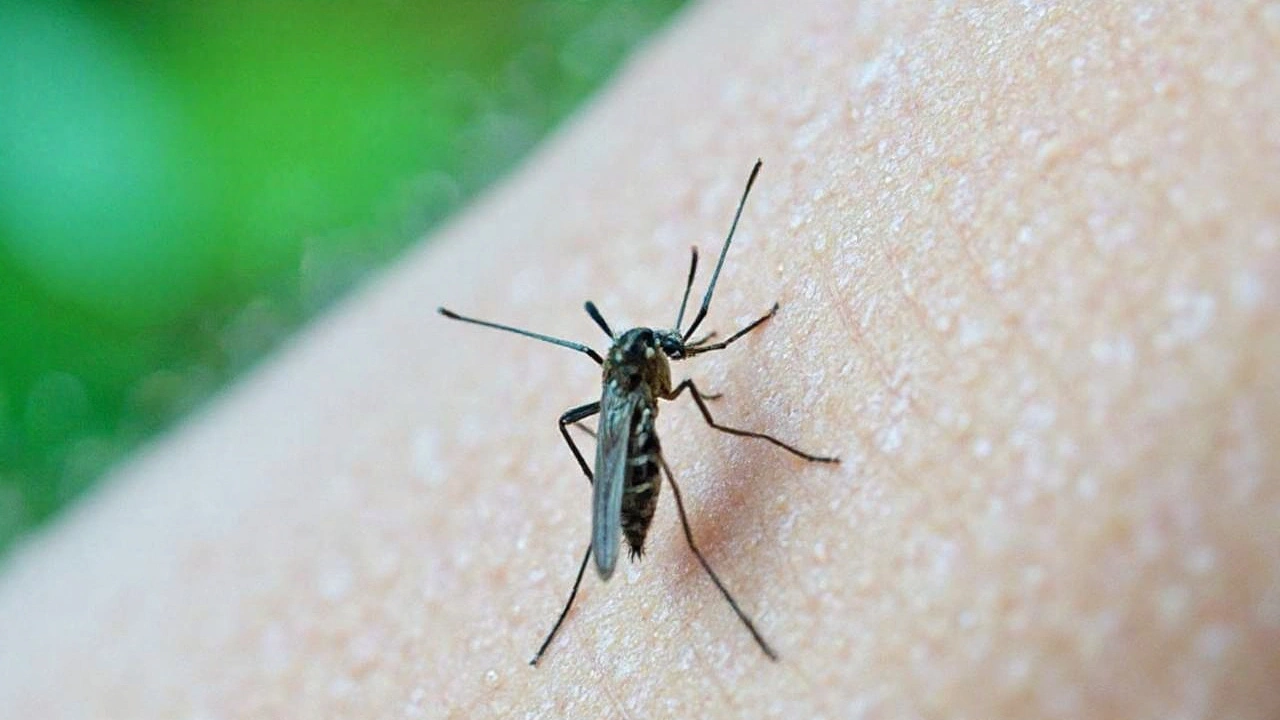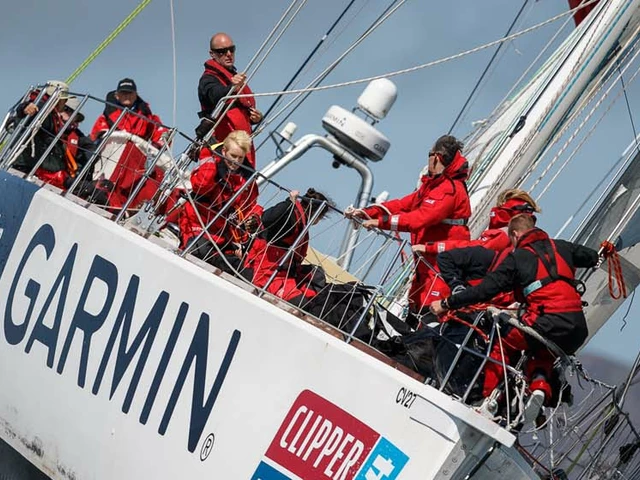Hospitals in Guatemala and Panama are running at full tilt as Central America weathers its worst dengue outbreak in memory. Guatemala’s Ministry of Public Health triggered a National Health Emergency in July 2024 after cases climbed past 35,000 by late June—more than five times the usual volume for that point in the year and far above the same week in 2023. Half of the patients are under 15. Officials have confirmed at least 10 deaths, most of them children, and they believe the real toll is likely higher.
Maps of the country show a sea of red. Health areas across Guatemala are under high alert, led by Jutiapa, Santa Rosa, Zacapa, El Progreso, and Baja Verapaz. The virus is also creeping up the highlands. Departments that rarely saw sustained transmission—Sacatepéquez, Quetzaltenango, and Guatemala—are now posting significant case counts, a warning sign that mosquito habitats have expanded beyond their old comfort zones.
Panama’s epidemiological reports tell a similar story. By week 18 of 2024, the country counted 5,882 cases, with 70% confirmed in the lab and 27 classified as severe dengue. Nine people have died. Compared with the same period in 2023, cases are up 155%. Against the five-year average, the jump is 288%. For a disease that can swing from fever to life-threatening illness in days, the math is unforgiving.
Zoom out, and the picture gets even starker. Across Latin America and the Caribbean, nearly 13 million dengue cases were reported in 2024—a regional record—and more than triple the five-year average. Brazil alone has reported over 7.2 million infections, accounting for more than four out of every five cases in the region. The surge is overwhelming clinics, straining lab capacity, and forcing governments to rethink how they track, prevent, and treat mosquito-borne disease.
What’s driving the surge
Heat and water are the fuel behind dengue transmission, and in 2024, both were in excess. A run of record heat, amplified by El Niño and long-term warming, has pushed temperatures higher and lengthened mosquito breeding seasons. Extreme rain and storms then leave behind puddles and water-filled containers, the perfect incubators for Aedes aegypti, the mosquito that spreads dengue. The result: more mosquitoes, biting more people, for longer.
Warming is also changing where mosquitoes can thrive. A decade ago, cooler highlands saw fewer cases. Now, high-altitude sites in Guatemala report sustained transmission. Warmer nights, urban heat islands, and shifting rainfall patterns are turning once marginal areas into viable breeding zones. When mosquitoes move up the slope, so does risk.
Climate is only part of the story. Socioeconomic pressures are also pushing this outbreak to new heights. In towns where water service is irregular, families store water in barrels and buckets. Without tight lids or weekly cleaning, those containers become nurseries for larvae. Add in poor waste collection—discarded tires, broken furniture, flowerpots—and a single neighborhood can host thousands of breeding sites. That’s the kind of local ecology Aedes aegypti loves: small, clean water pockets in and around homes.
When money is tight, prevention is hard. Mosquito screens cost money. Repellent does too. In fast-growing urban outskirts, informal housing rarely has reliable drainage. Clogged gutters and rooftop tanks turn into permanent water sources for mosquitoes. These patterns repeat across Central America’s cities and towns, and they’ve given dengue a runway.
Biology matters as well. Dengue has four serotypes (DENV-1 to DENV-4). Infection with one serotype usually brings long-term protection against that type, but only short-term protection against the others. A second infection with a different serotype can raise the risk of severe disease. In outbreak years when multiple serotypes circulate at once, health systems often see more severe cases. That’s especially dangerous for children who haven’t built up immunity.
Clinically, dengue is a shapeshifter. Many people have fever, headache, muscle and joint pain, and then recover. But some develop warning signs around day three to five: severe abdominal pain, persistent vomiting, bleeding gums or nose, lethargy, or sudden fluid accumulation. In those cases, timely care can be the difference. Without quick fluids and careful monitoring, shock can develop fast.
The numbers we see likely underestimate the real picture. Most infections are mild and never tested. In rural and highland areas, lab access is limited, so probable cases don’t always get confirmed. Surveillance teams do what they can, but during a surge this large, even strong systems struggle to keep up.

How countries are responding
Guatemala’s emergency declaration unlocked money and manpower. Vector-control crews are moving block by block to find and treat breeding sites. Health workers are training school staff to spot symptoms early and are expanding triage areas to keep clinics from overflowing. Local officials are urging families to cover water containers, scrub them weekly, and get rid of junk that holds rainwater.
Panama has leaned on its network of labs to confirm cases quickly and map hotspots. Municipal teams are applying larvicides to water tanks and deploying targeted spraying around clusters. Hospitals have added observation units for patients in the risky “critical phase” of illness. The goal is to intervene early, before routine dehydration turns into shock.
Regionally, coordination has stepped up. In June 2025, Guatemala hosted a meeting led by the Pan American Health Organization and WHO to sharpen preparedness and outbreak response for dengue and other arboviruses. Delegates from Brazil, Costa Rica, Guatemala, Honduras, Panama, Paraguay, Peru, and the Dominican Republic worked through joint plans on surveillance, clinical management, risk communication, and insecticide resistance monitoring. The new PAHO guidelines are a blueprint for countries trying to scale up fast without burning out health workers.
On the ground, the Red Cross has run operations across 2023 and 2024 in Guatemala, Honduras, and Panama to backstop public services. Volunteers are helping with community education, door-to-door risk reduction, and support to clinics during peak admission days. That blend—local trust plus technical support—has proven vital in neighborhoods where government outreach doesn’t always reach the last block.
The fight is also shifting to smarter tools. Cities are expanding real-time dashboards to track fevers, lab positives, and ambulance calls by neighborhood. Entomology teams are sampling mosquito populations and testing for resistance to common insecticides; where resistance rises, sprays lose punch, and plans have to change. Some countries are piloting biological controls, like releasing mosquitoes infected with Wolbachia bacteria to block dengue transmission—techniques that have shown promise in parts of Brazil and Colombia.
Vaccines are part of the conversation, but they are not a quick fix. One vaccine (Dengvaxia) is only recommended for people with a prior dengue infection confirmed by testing. A newer option (Qdenga/TAK-003) has broader use in several countries, but supply, cost, and program logistics limit immediate impact. Even where vaccines roll out, vector control and clinical readiness remain the backbone of dengue prevention.
Diagnostics and treatment supplies are another pressure point. During peaks, clinics burn through IV fluids, oral rehydration salts, lab reagents, and rapid tests. Stockpiles help, but distribution to remote areas can lag. Training matters too: triage nurses need to spot warning signs quickly, and doctors need clear protocols to manage fluids without tipping patients into fluid overload.
For families, the advice is simple but effective when done consistently:
- Empty, scrub, and tightly cover water containers at least once a week.
- Clear gutters, tires, flowerpots, and any item that can hold standing water.
- Use repellents with DEET or picaridin, wear long sleeves, and install or fix window screens.
- If fever comes with severe abdominal pain, persistent vomiting, bleeding, or unusual drowsiness, seek care fast.
Schools and workplaces are adjusting as well. Some municipalities are organizing weekend cleanups, pairing public crews with neighborhood groups to remove bulky waste before the rains. Others are running morning “five-minute checks” in classrooms and offices to clear standing water from courtyards and rooftops.
What happens next depends on the rain. Central America’s wet season can last into November, and a few weeks of heavy showers can reverse months of progress if containers aren’t kept sealed and clean. Warmer temperatures also shorten the mosquito life cycle, turning eggs into biting adults faster. That means gaps in prevention—just a week or two—can be enough for cases to spike again.
There’s a longer-term lesson here. Dengue spikes often follow a three- to five-year cycle as immunity rises and falls. But climate change and rapid urban growth are stretching those cycles, lifting the baseline and enlarging the peaks. If current trends hold, countries will need year-round prevention budgets, stronger primary care, and faster data systems—not just emergency campaigns when hospitals fill up.
For Guatemala and Panama, the priority is immediate relief: protect children, support clinics, and drain breeding sites before the next wave of rain. For the region, the task is bigger: build systems that can absorb shocks as arboviral diseases expand into new places. The scale of 2024’s numbers—millions of infections, record heat, new highland hotspots—suggests this isn’t a one-off surge. It looks like the new normal.




